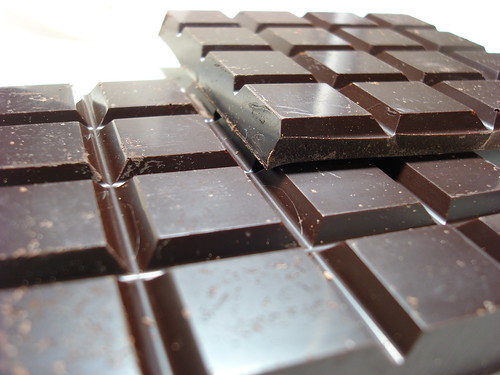As you grow older, you may notice difficulty reading in dim lighting or blurred vision. The eyes naturally change with age, causing many older individuals to require reading glasses or bifocals. Nearly one in five older adults report some vision trouble, according to the CDC. Although vision loss is partially determined by genetics, lifestyle factors play an important role in maintaining eye health. Eating certain foods promotes healthy eyes, decreasing the risk of vision problems that plague older adults.
Broccoli
Sure, your mother always told you to eat your broccoli, but did you know that it’s good for your eyes? Broccoli is packed with nutrients, including calcium, vitamin A, vitamin B12 and vitamin C. Vitamin A maintains the photoreceptor cells in the outer segments of the eye, which are important for night vision, reports Duke Health. Eating plenty of broccoli may prevent the onset of night vision loss.
Leafy Green Vegetables
Two of the most common eye problems among older adults are cataracts and age-related macular degeneration. Eating leafy green vegetables, including kale, spinach, collard greens and turnip greens may help. Leafy greens contain the nutrients lutein and zeaxanthin, which have been linked to lower rates of macular degeneration and cataracts in older adults.
Coffee and Tea
That morning cup of joe does more than just perk you up — it may also boost eye health. Approximately four million Americans aged 50 and older suffer from dry eyes, according to the American Academy of Ophthalmology. Individuals who wear contact lenses may be particularly affected by the condition, reports visiondirect.com. Consuming caffeine increases tear production, alleviating the symptoms of dry eye.
Cold-Water Fish
Omega-3 fatty acids are best known for reducing risk of cardiovascular disease, but they also prevent macular degeneration. Find these beneficial nutrients in salmon, sardines, halibut and tuna. For those who don’t eat fish, flaxseed oil, sesame seeds or cauliflower are other smart ways to get omega-3 fatty acids in your diet.
Black-Eyed Peas
Black-eyed peas contain the important nutrient zinc. Zinc is found in high concentrations in the eyes, located in the retina and the blood vessels serving the eyeball. Zinc deficiency may lead to cataracts and vision loss. In addition to black-eyed peas, you can get zinc from red meat, poultry, eggs, mixed nuts, baked beans and tofu.
Dark Chocolate
Fruits and veggies aren’t the only ways to keep your eyes health — a little dessert helps, too. Dark chocolate contains antioxidants called flavonols, which increase blood flow to the retina. Incorporating flavonols into your diet may improve your ability to see in situations with dim lighting. Boost your flavonol intake by eating two squares of dark chocolate each day. Can’t eat chocolate? Red wine, cranberries, apples and tea also contain flavonol compounds that contribute to eye health.
Georgia Maxwell is a busy working mother of two. She is the VP of marketing for a small organic food company and enjoys writing about health, wellness and parenting in her spare time.
